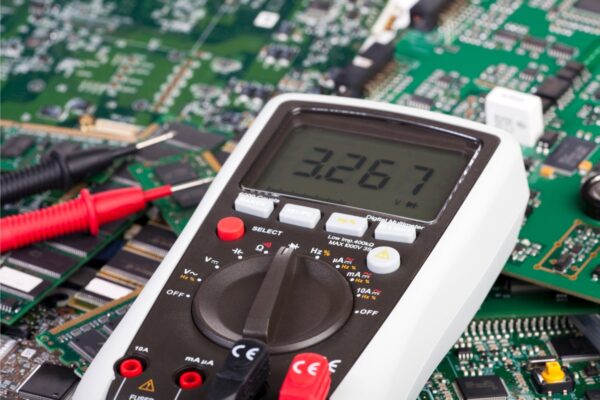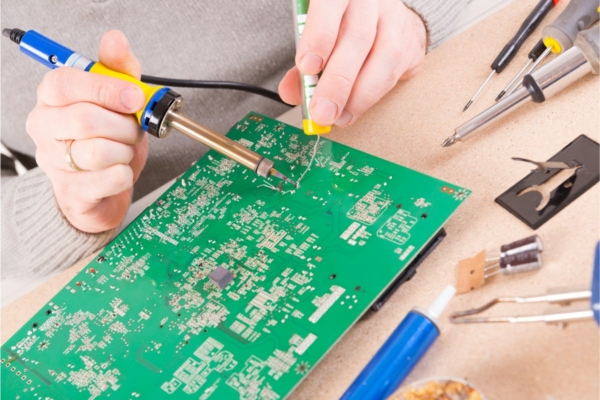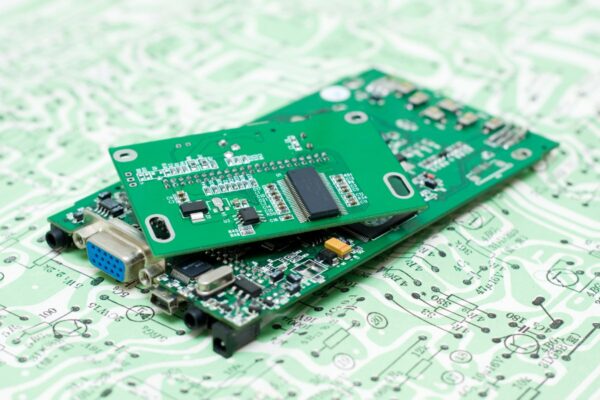What is Liquid Resist
Liquid resist, also known as liquid photoimageable solder mask (LPSM), is an epoxy-based liquid solder resist/mask that serves as a protective coating for specific areas of a circuit board during the soldering process.
Liquid resist is typically applied to the circuit board using various methods, including silkscreening, spraying, or lithography. Silkscreening involves the use of a woven mesh to create open areas on the PCB’s surface, allowing the ink to be transferred to the desired locations. Spraying, on the other hand, entails applying the solder resist ink over the entire surface of the circuit board, followed by exposure to a pattern before development. Lithography, an advanced technique, allows for precise definition and specification of solder mask openings for mounting holes, pads, and vias.
Liquid Resist is sensitive to UV light. After application, the circuit board is aligned and exposed to UV light, which triggers a thermal curing process that hardens the solder resist in the desired areas. Once the UV exposure is complete, the unexposed regions are washed off using a solvent or dedicated solution, leaving behind a hardened layer of solder resist.
To further enhance the protection and durability of the solder resist, an organic coating is often applied, followed by a thermal curing process. These additional steps contribute to the overall performance and reliability of the PCB.





